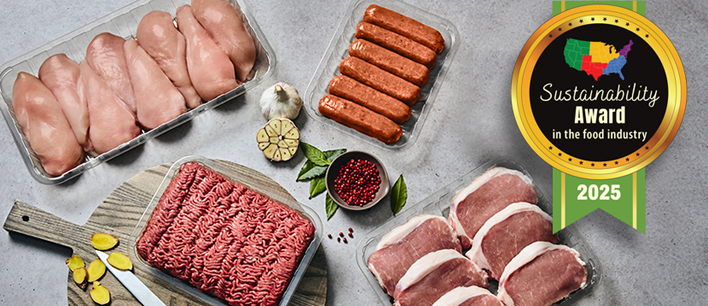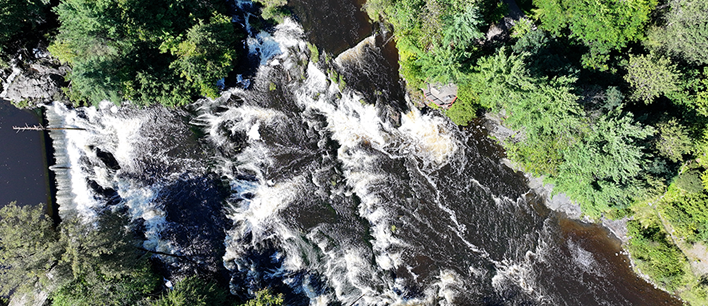A vacation is the time for travelling, having fun and letting go. That doesn’t mean it should be synonymous with excessive consumption! You may be environmentally conscious at home, but do you have the guts to bring that attitude with you when you leave? Here are a few tips that are sure to reduce your environmental footprint when you’re vacationing abroad… or in the next town over!
Avoid waste and try to minimize the amount of garbage you produce.
Use the same water bottle or a canteen throughout the trip. Don’t go for plastic bags and try to avoid buying over-packaged products and individual portions when hunger strikes.
Bring your own shampoo and soap (biodegradable if possible). Reuse your towels during your stay at the hotel and leave a note to the maid not to replace them each day. Even better, try camping and enjoy nature!
Don’t travel by car if you can avoid it.
Prefer public transit, cycling and walking. It’s also a great way to discover a whole new side of the landscape!
Think local!
Encourage the local economy by taking advantage of regional markets, seasonal products and those charming little eateries where you can meet interesting people and soak up the culture.
Travel light.
Luggage weight increases greenhouse gas (GHG) emissions, especially on a plane. For example, 15 kg less weight will reduce the equivalent carbon dioxide emitted by 100 to 200 kg on a Montréal–Calgary flight. Bringing a cooler along on your cross-country drive? Why not opt for a lightweight model that’s recyclable and made of 70% recycled cardboard!
Offset GHG emissions.
f you’re travelling by plane, a good way to reduce your footprint is to offset GHG emissions from the flight by purchasing carbon credits. Purchasing carbon credits lets organizations reforest on your behalf to counter your trip’s GHG emissions. Several organizations offer such a system, including Taking Root, Ecotierra, Planetair. If you’d like more information on this practice, the David Suzuki Foundation has developed a guide explaining what carbon offsetting involves.
Be thrifty!
Before you purchase a full set of brand new camping equipment, try borrowing some from your friends or family, or take a look at the classifieds to find equipment in good condition at a lower cost. Give a second life to that tent or hiking backpack that’s been sleeping in your parents’ basement these last few years!


